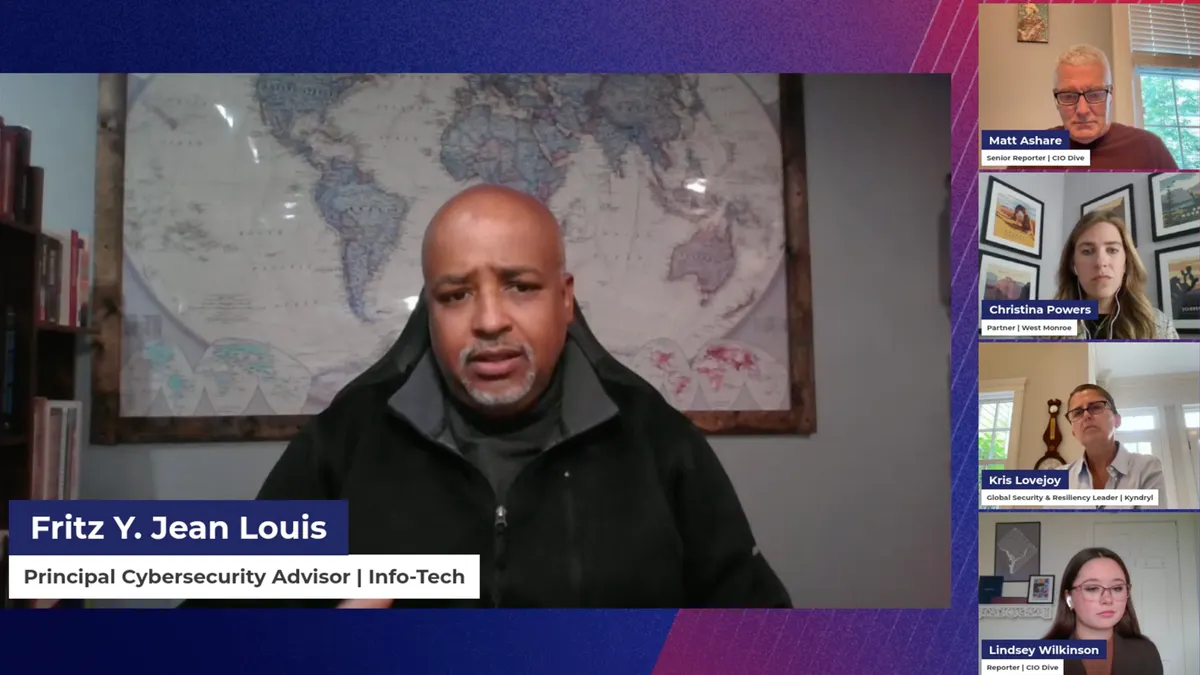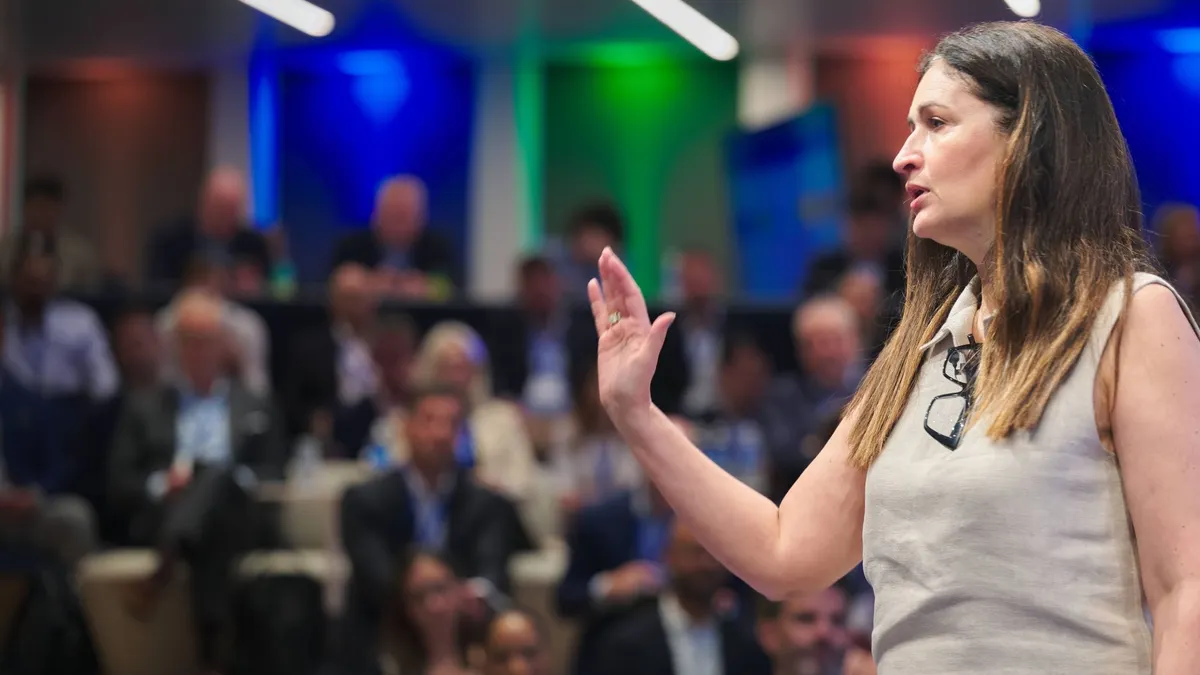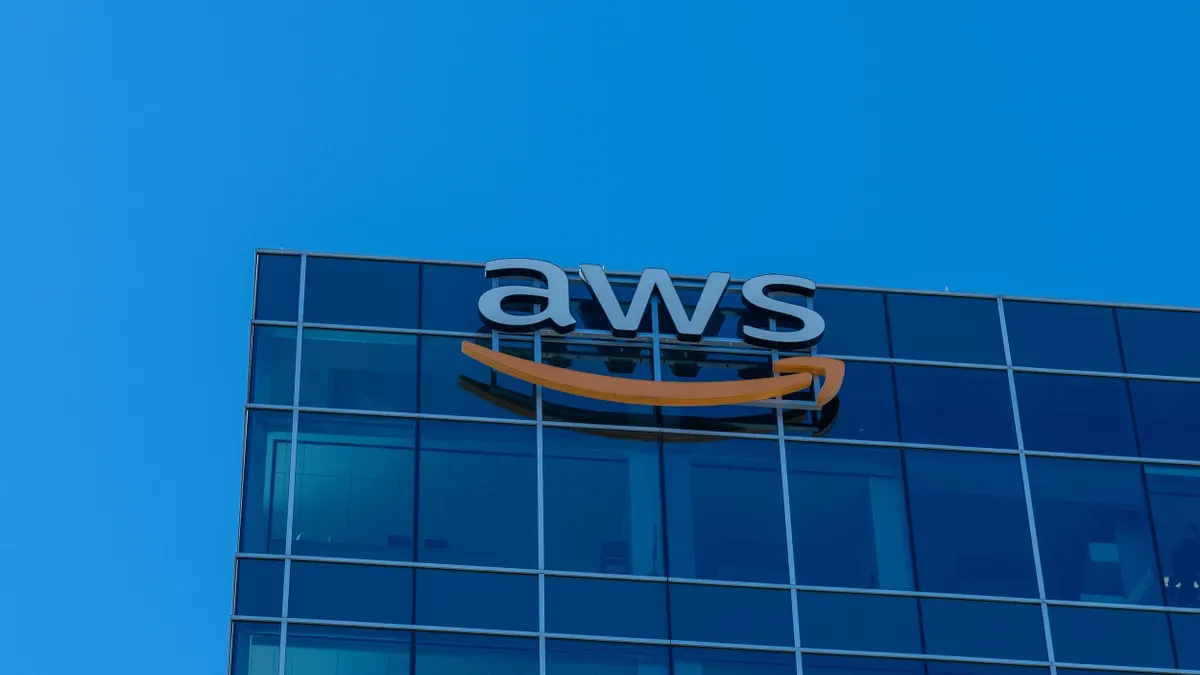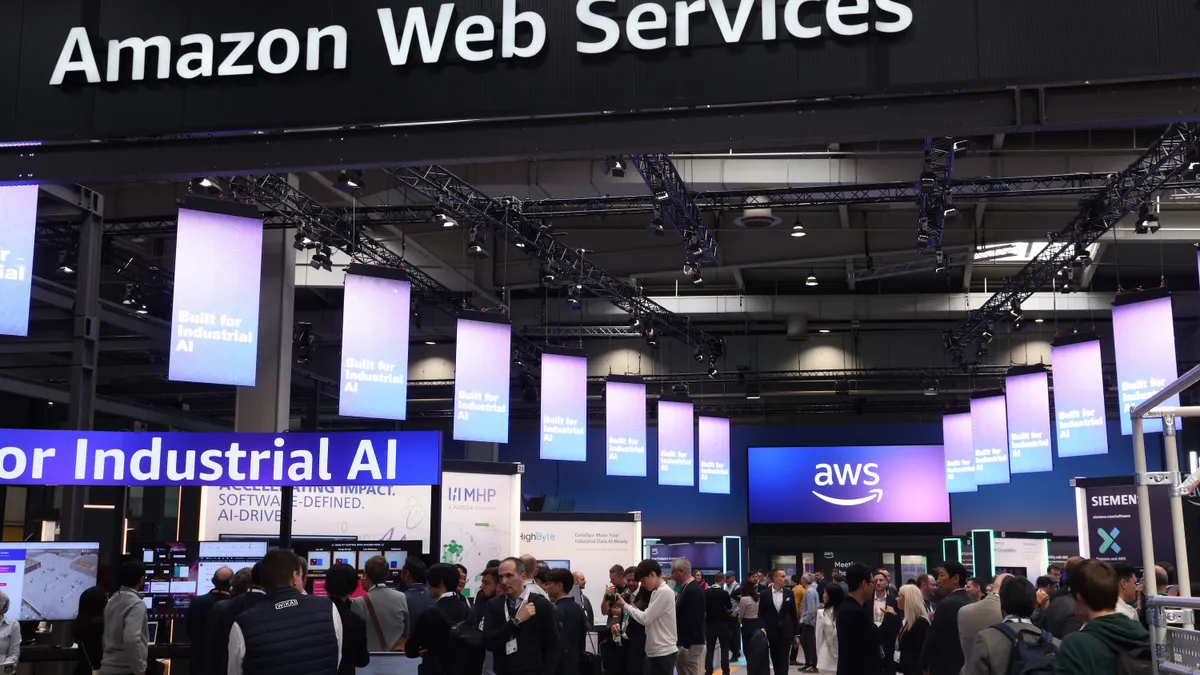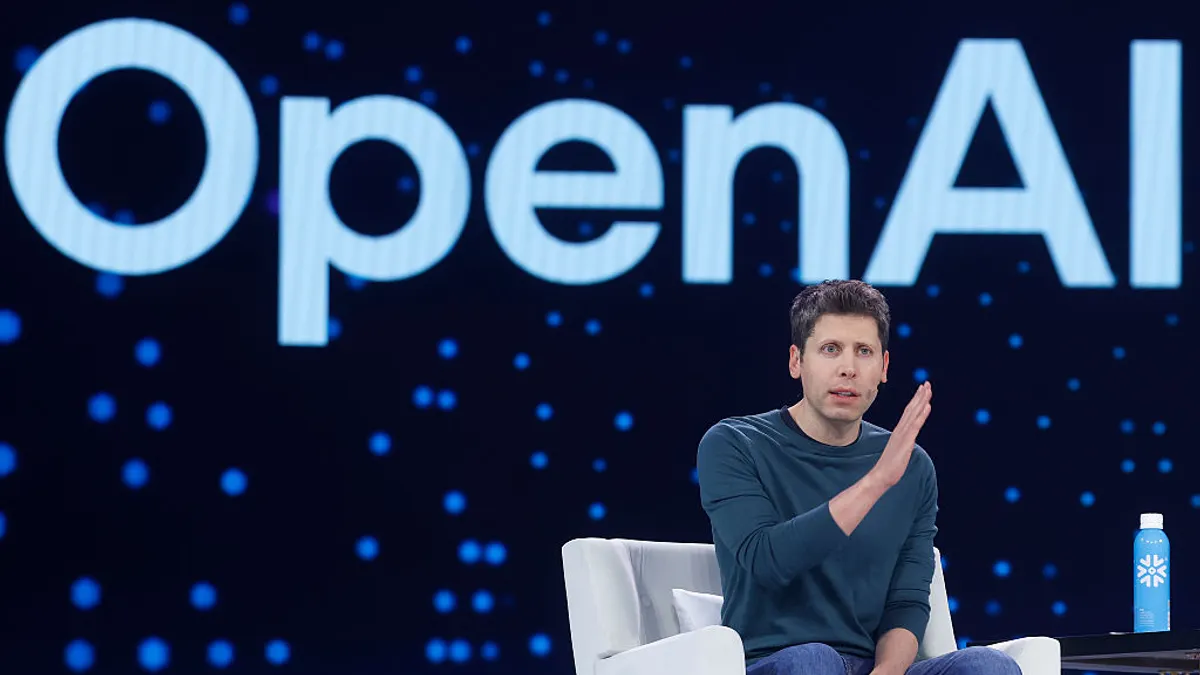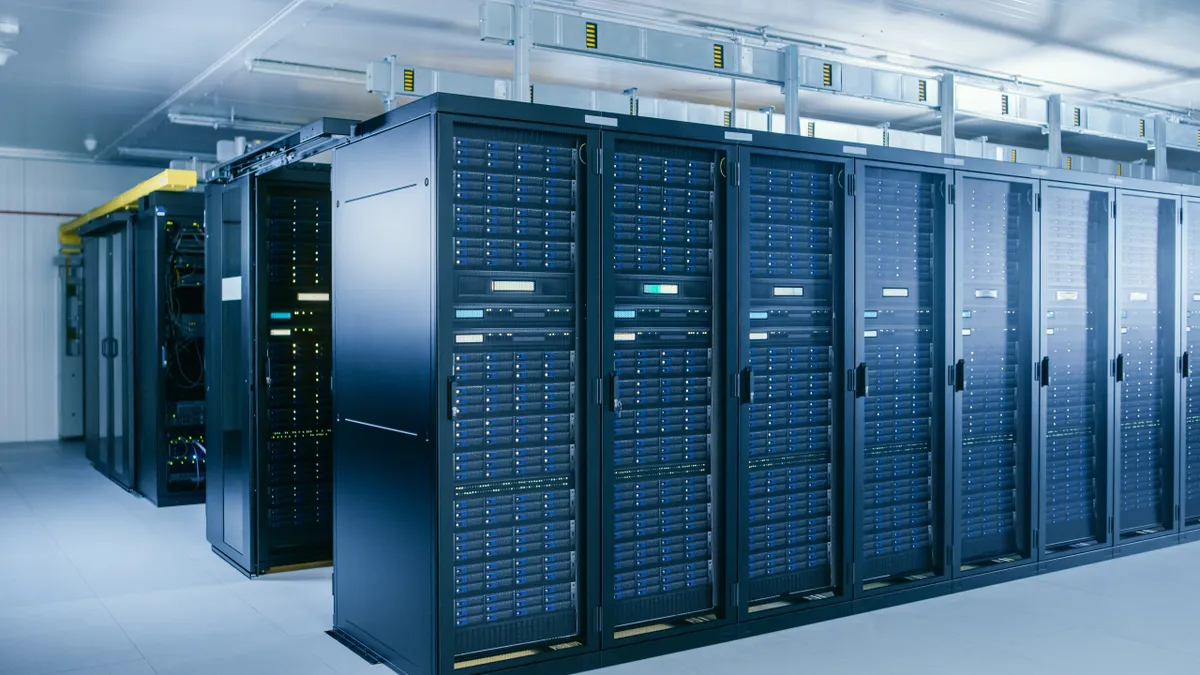The take over of cloud technology seems almost inevitable, however companies will take years to fully transition to the cloud. As it stands, some services will never leave an enterprise's private data center.
That means that many enterprises have to focus on immediate data center needs. John Gentry, chief technology officer of Virtual Instruments, recently shared his thoughts with CIO Dive on what tech leaders may want to see happen in the data center in 2017.
Wish 1: 2017 will be the year infrastructure teams start working collaboratively and embrace technologies like hyperconvergence and software-defined.
According to Gentry, 2017 could be the year the data center truly becomes hybrid.
"As tech leaders, we’re generally very good at adopting new technologies and embracing the new shiny objects, but we’re not very good at retiring legacy, so we tend to just bolt things on," he said. "I think in 2017 the need to collaborate across the stack is going to become acute."
Gentry says that means breaking down traditional infrastructure silos with initiatives like hyperconvergence and software-defined.
"It’s the breakdown of traditional development test release cycles and the whole rise of DevOps," he said. "It’s the drive for continual development and ultimately the breakdown of the differentiation between the application teams and the infrastructure teams supporting it."
Wish 2: Companies will finally have a common platform for all silos and infrastructure.
Gentry believes the fundamental requirements for any collaborative efforts or initiatives to be effective is for all the teams cross functionally be working with consistent data and consistent visibility into the environment.
"The operations teams and the service delivery teams act as sort of an arbiter between the two to make more data-driven and informed decisions," he said. "We're seeing the rise of groups that are called everything from application service delivery to application operations. In some cases, it's owned in DevOps, in some case it's owned in Ops, but it's a new intermediary between the business and the infrastructure teams that exist to translate requirements and ensure effective application delivery."
Wish 3: Cloud-first strategies will go from a mandate to a consideration.
In the coming year, IT leaders may wish for businesses leaders to recognize the need for both a cloud native or cloud friendly application workload, as well as the importance of continuing to invest in the core to protect assets that will never leave the enterprise datacenter.
"Some of my customers tell me they are conflicted in that digital transformation and cloud first just become a mantra in a lot of companies, and it's almost political suicide to go against it," said Gentry. "At the same time, some of them have applications that are central to the business function that will never be cloud native or cloud ready. I think they're trying to find a balance. This year perhaps people will start to recognize cloud is an important aspect of our strategy, but it isn't the only strategy."
Wish 4: DevOps will start to work collaboratively with the infrastructure organization to create a more seamless process for application development and deployment.
Over the last few years, DevOps has emerged as a change agent and has been disruptive to many of the traditional silos. In many cases, it’s also been the impetus behind continuous application development and cloud-first strategies. But DevOps needs to work with the rest of the organization to be truly effective.
For example, a couple years ago, when banks decided to change the way customers could deposit a check to include taking a picture from their mobile device, it completely changed the workload profile for the core transaction processing application.
When development teams built a new, independent app, deployed in their private cloud to facilitate the picture-based deposit, they needed to talk to the legacy application team and the legacy infrastructure team to understand what would happen to the workload on the backend so that when, instead of a series of ones and zeros that represents an account number and a dollar amount, the system suddenly began receiving large jpeg files, they could handle the change in the workload profile.
If no one connected the dots to determine the impact on the transaction processing and storage requirements associated with making a deposit at the bank, it could bring the legacy application and infrastructure to its knees. The same is true when a healthcare provider builds a new app to facilitate accessing patient records online and the result is a significant change in the access patterns and overall workload on the core electronic medical records infrastructure. The examples go on and on.
"DevOps and 'digital' initiatives can literally bring those legacy applications to their knees," said Gentry. "These are just a couple of examples of what can happen if DevOps isn't working with the traditional application teams and infrastructure teams. All the innovation in the world can put untold pressure on the core business systems and simply result in a failed business initiative or poor customer experience."



